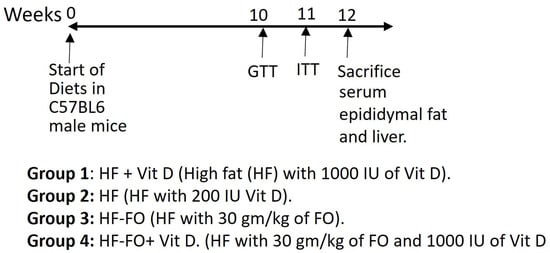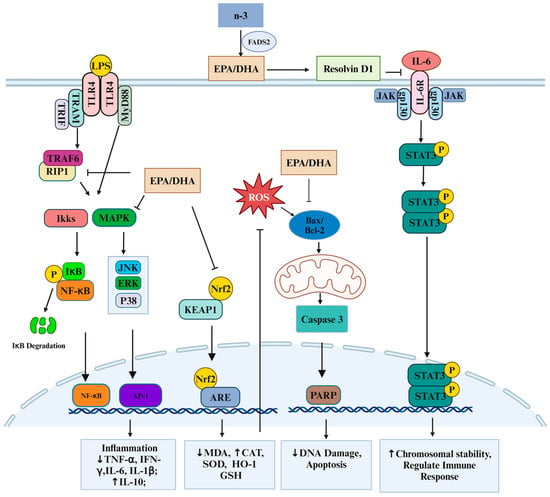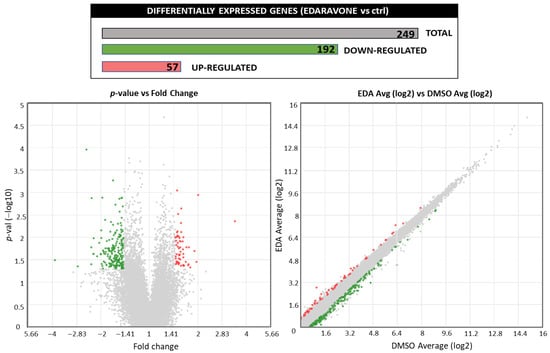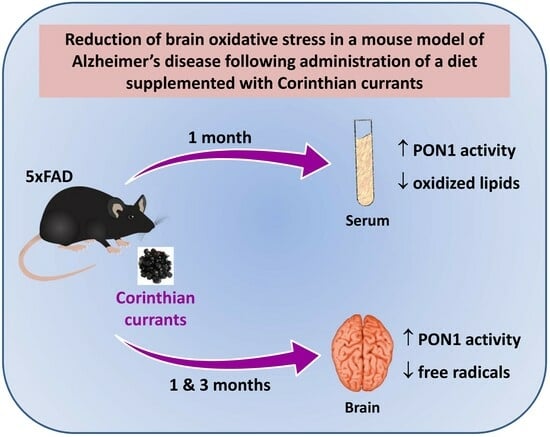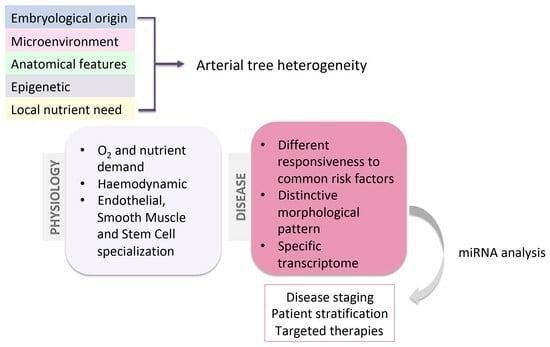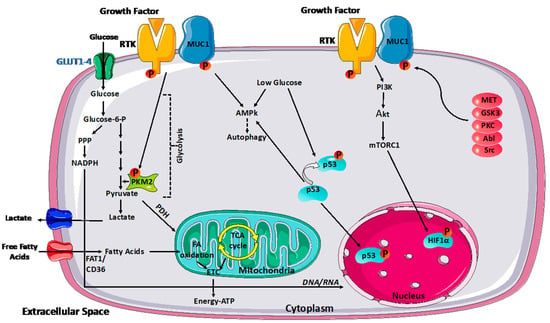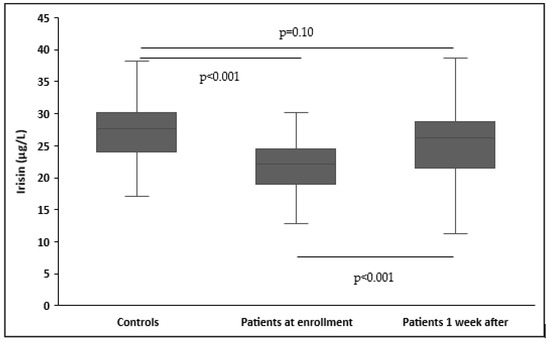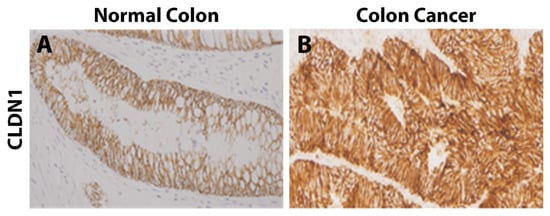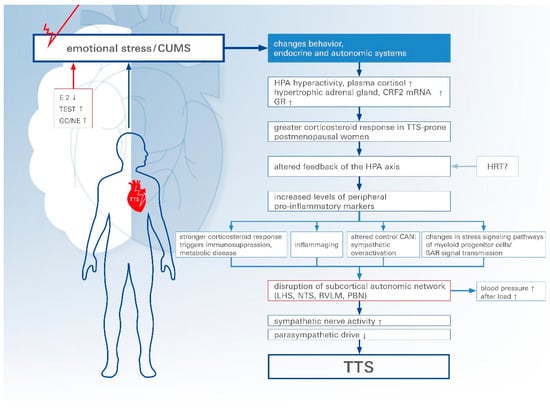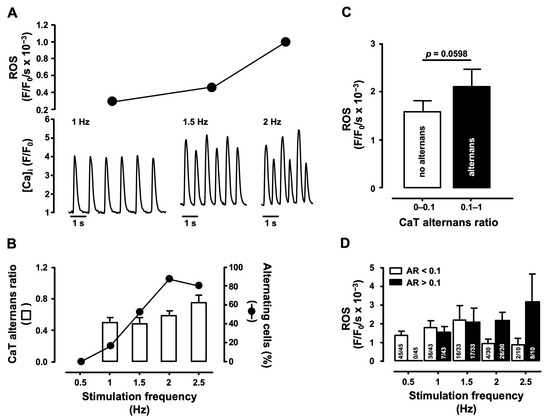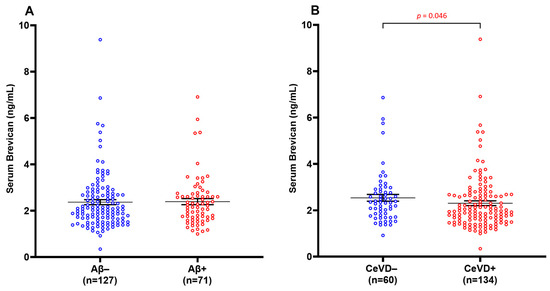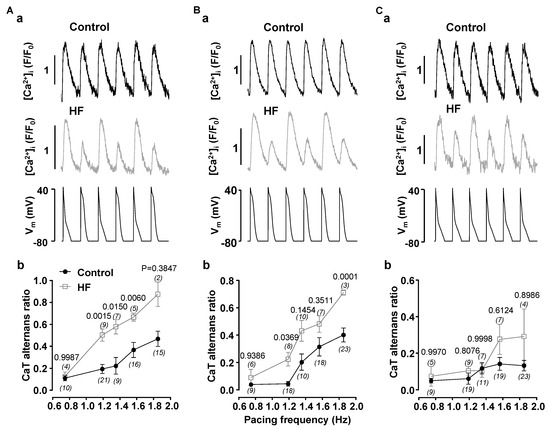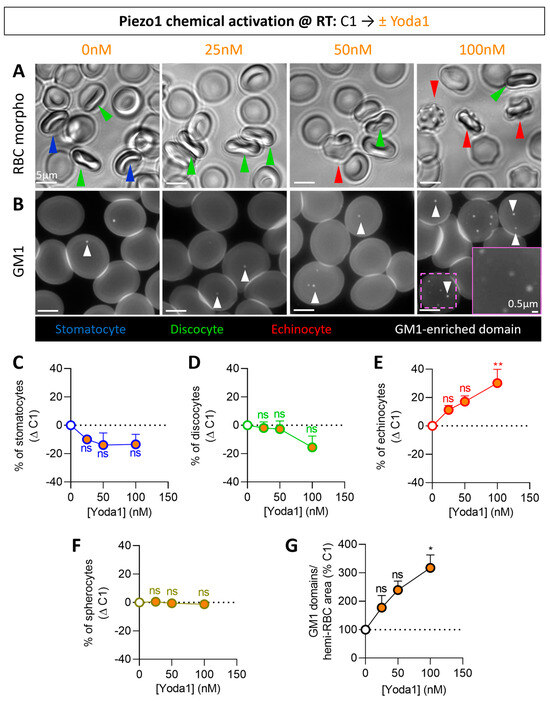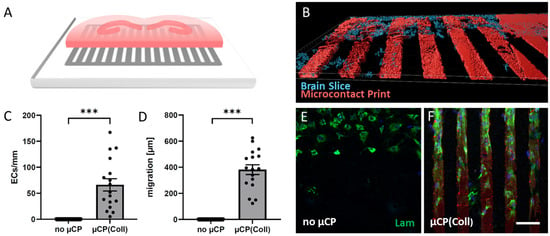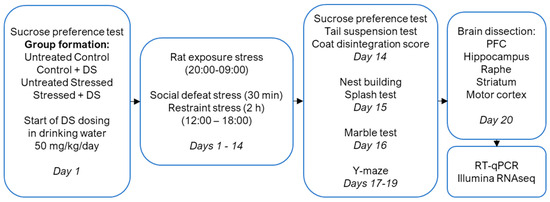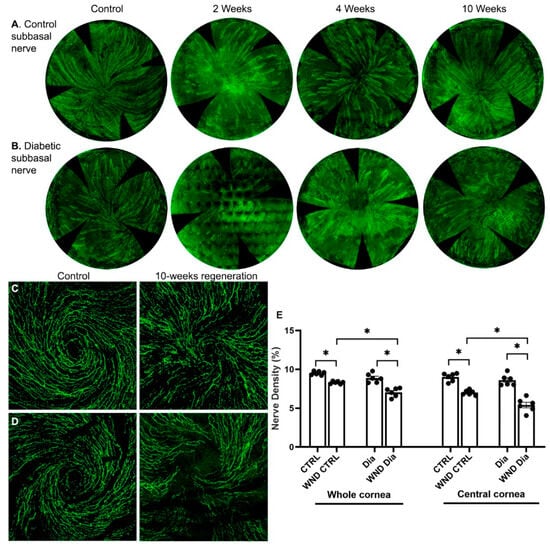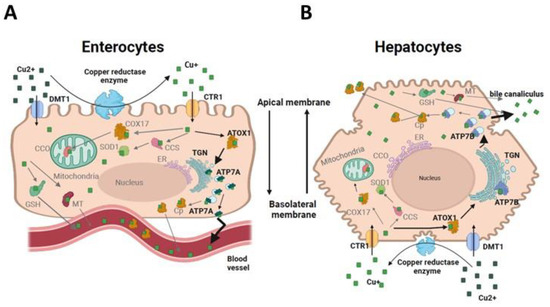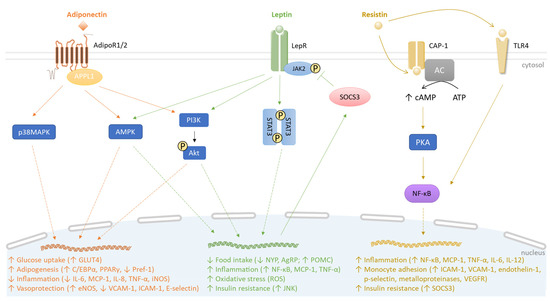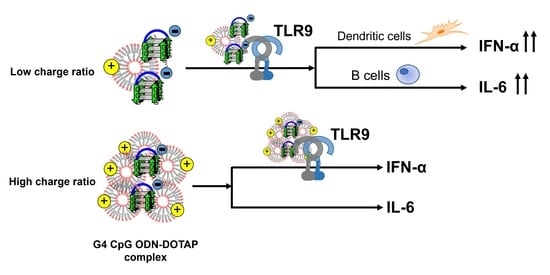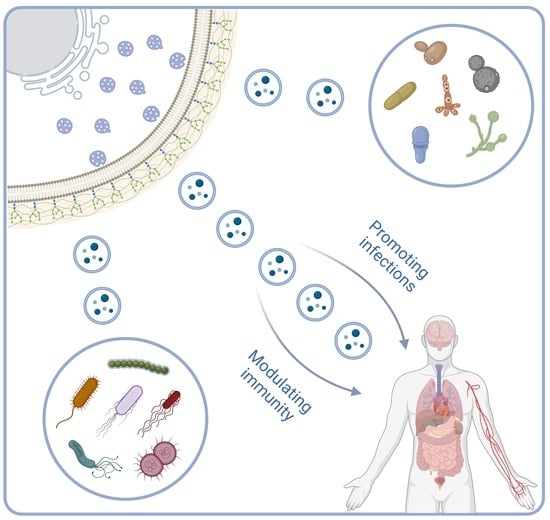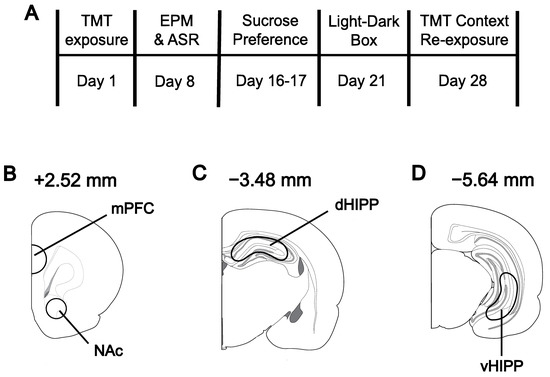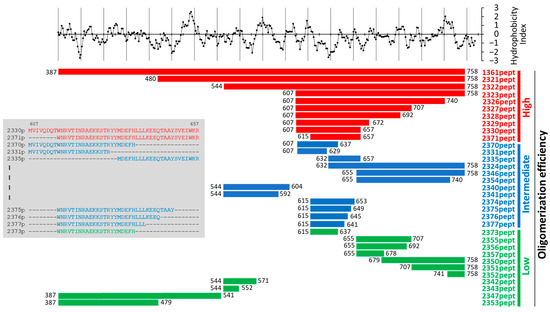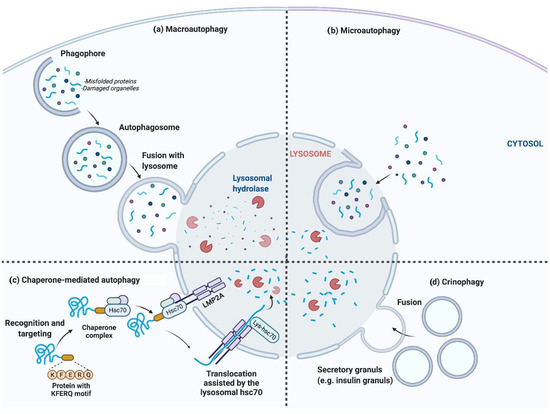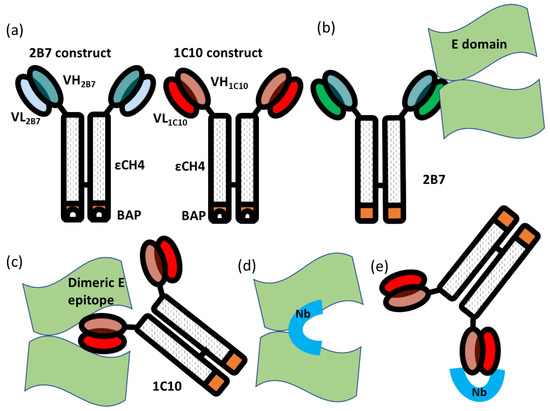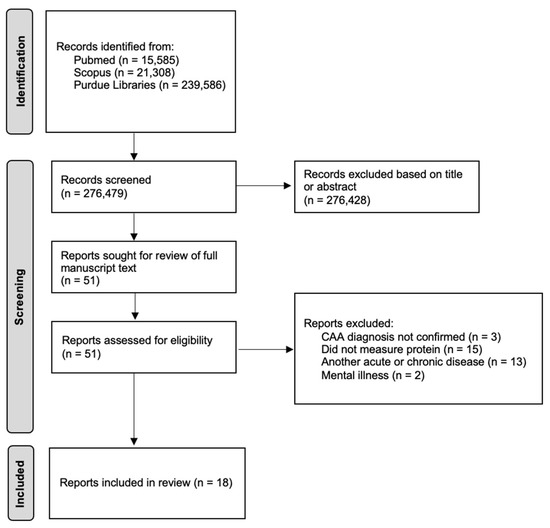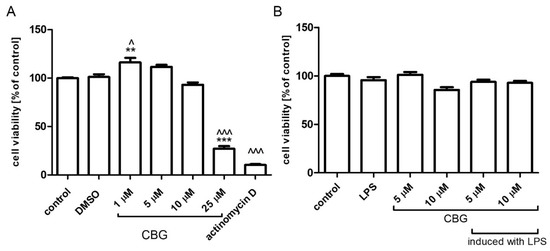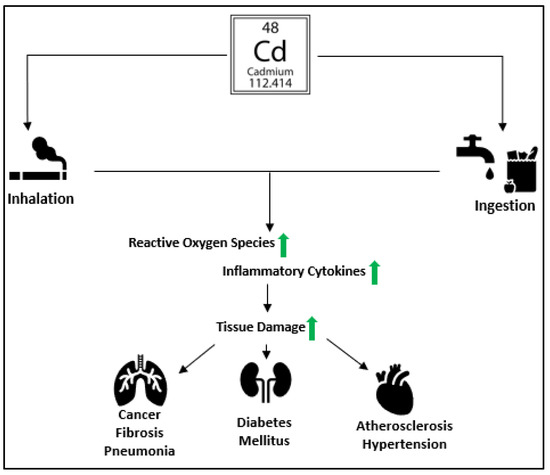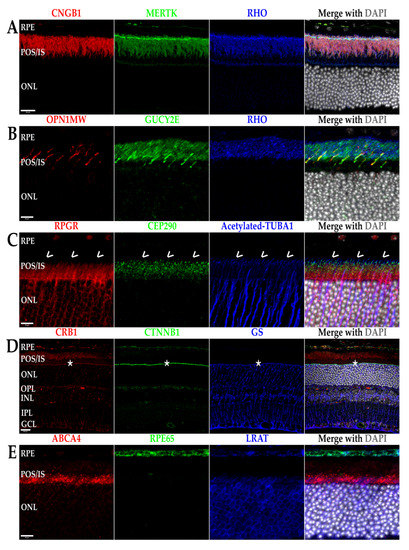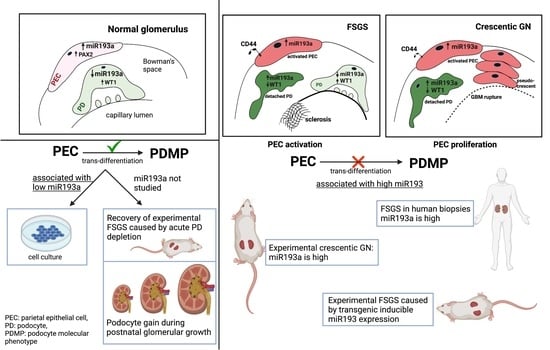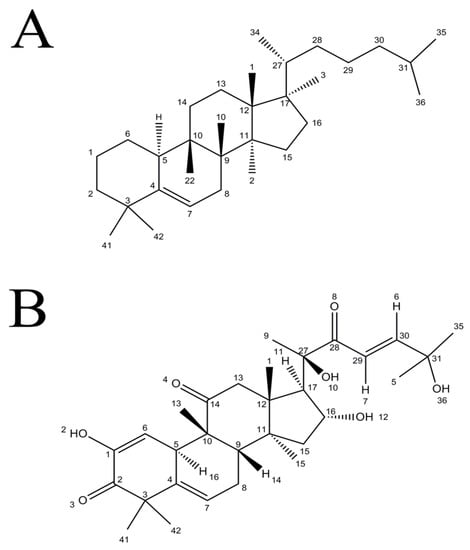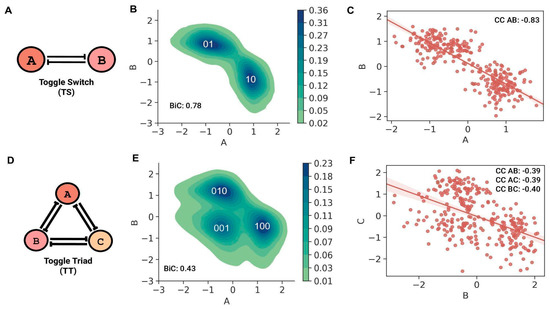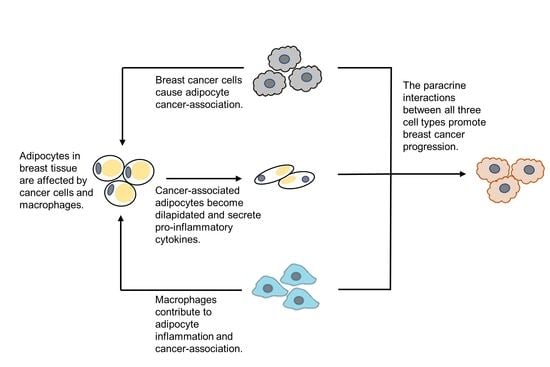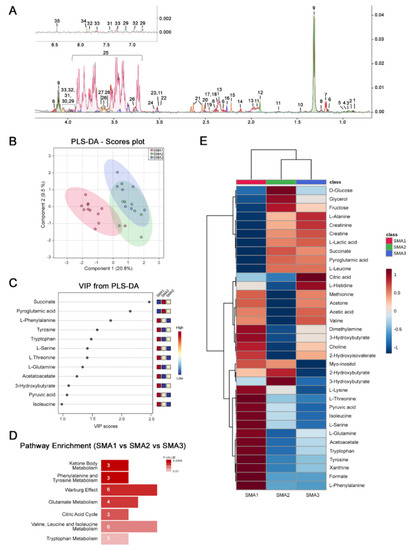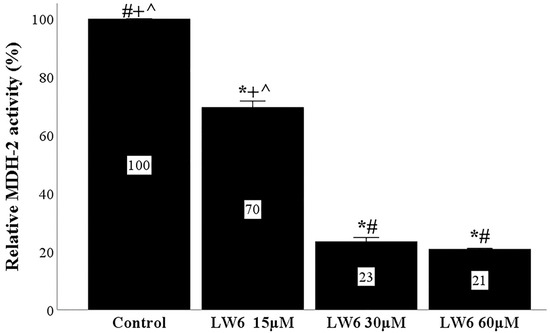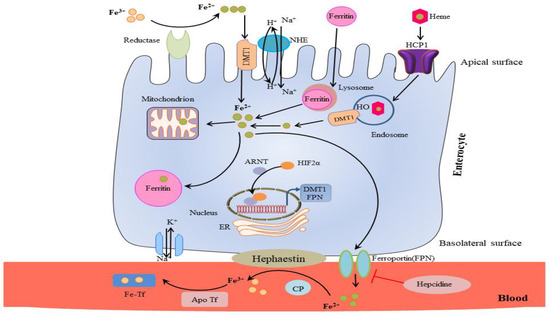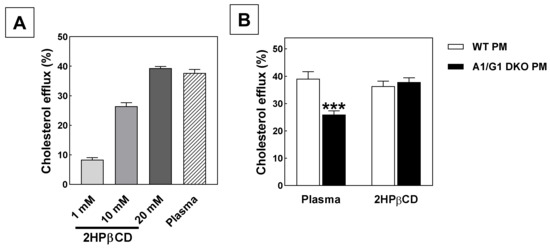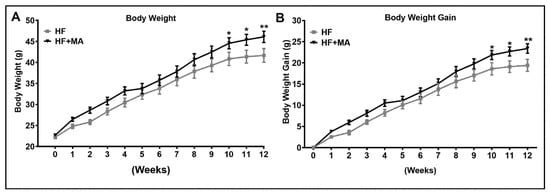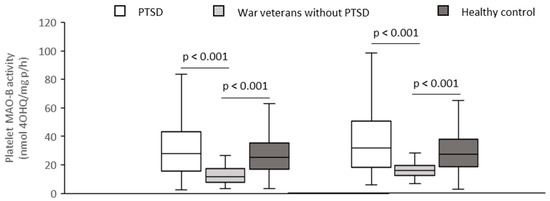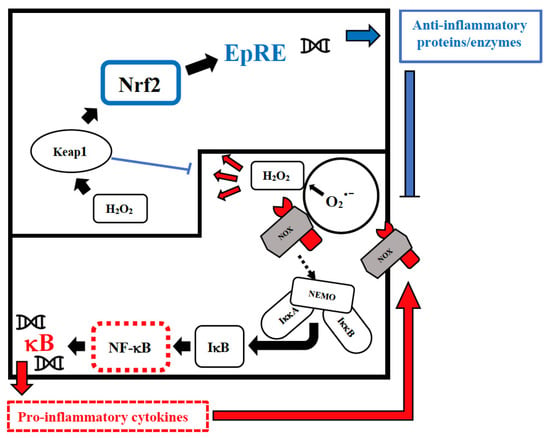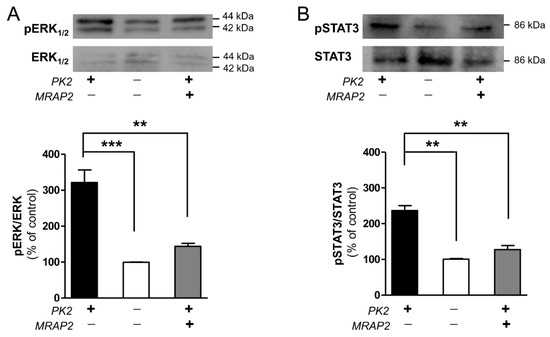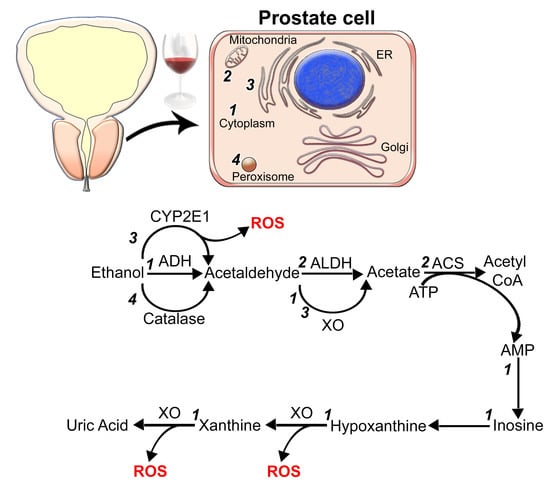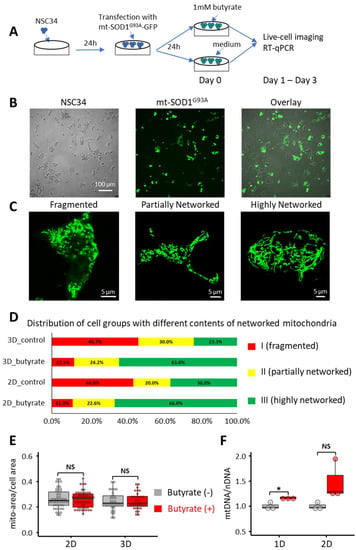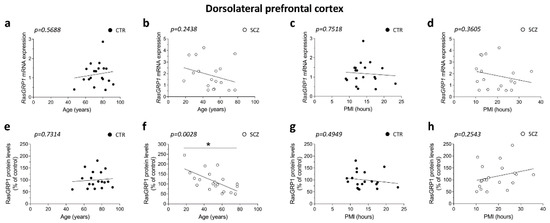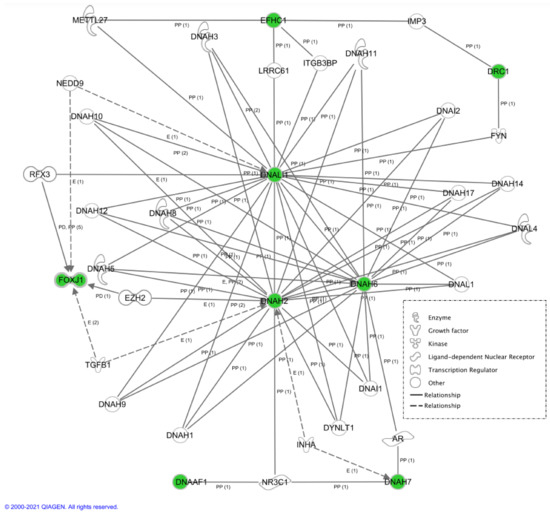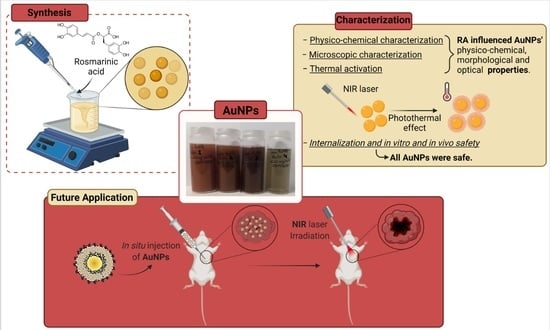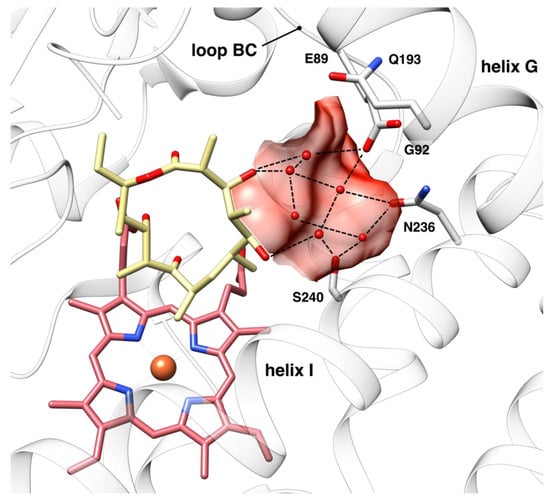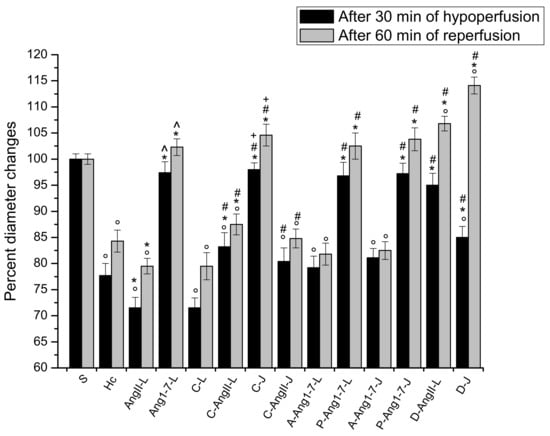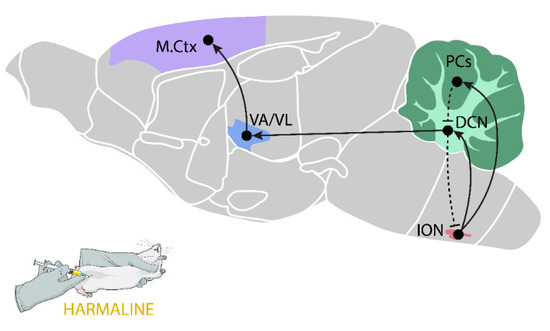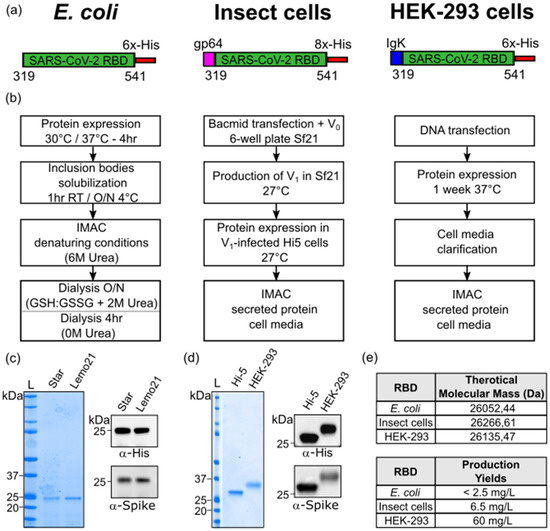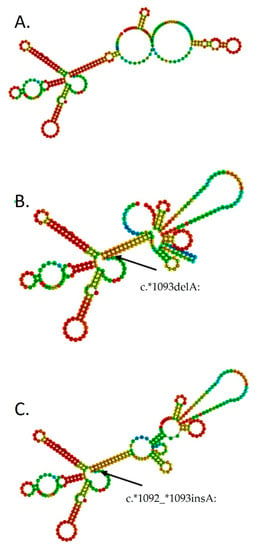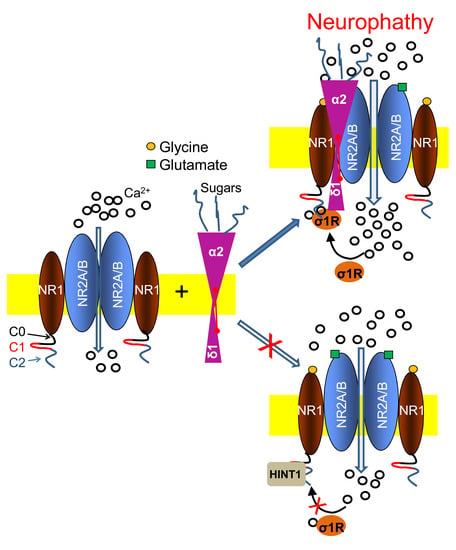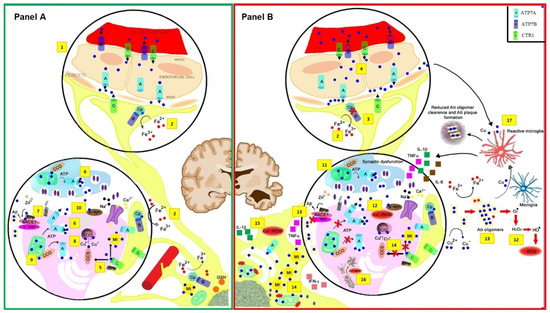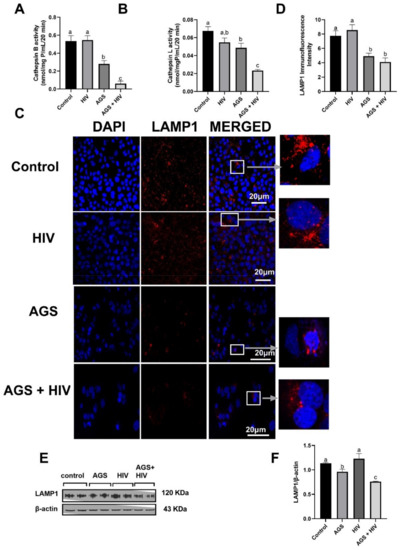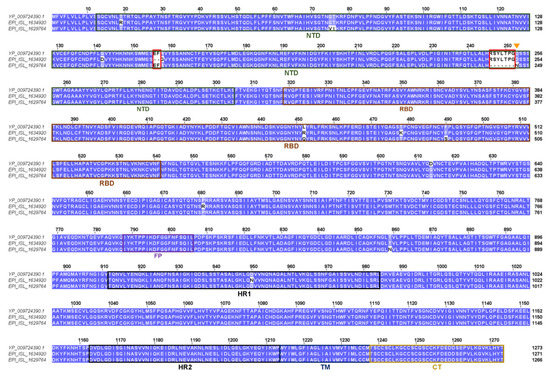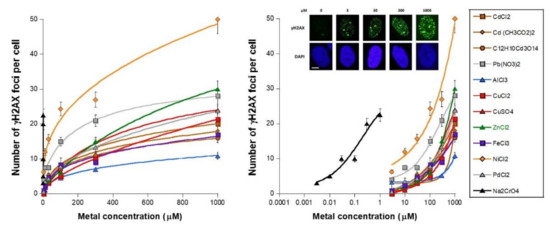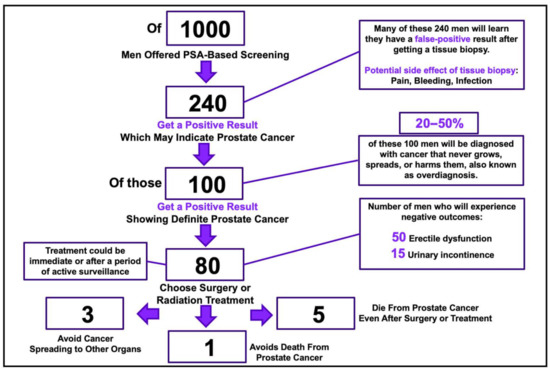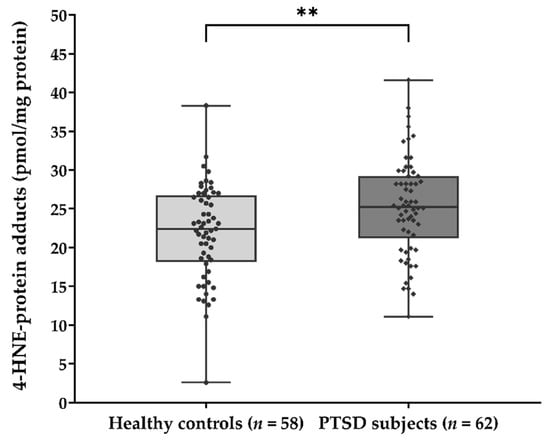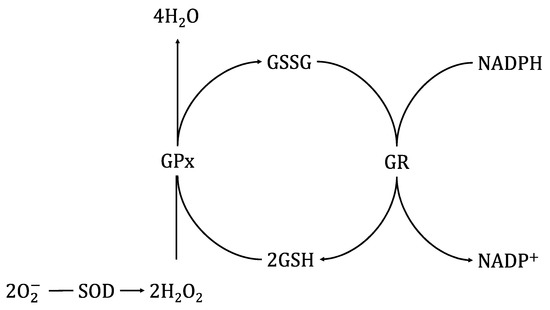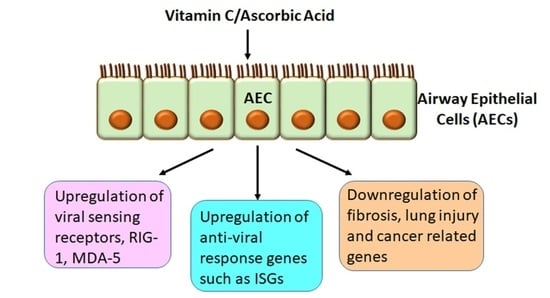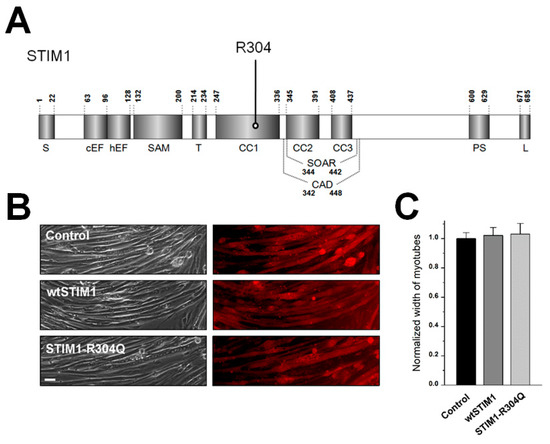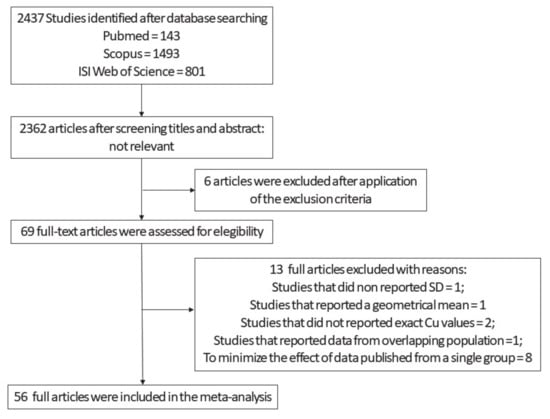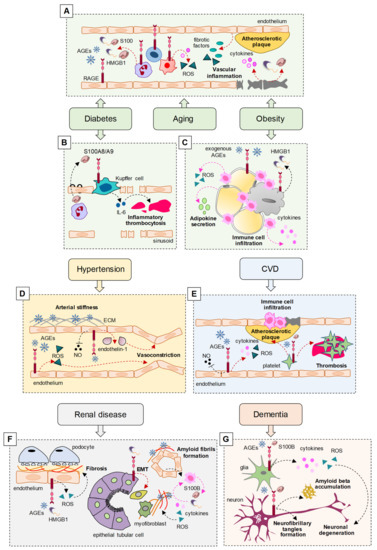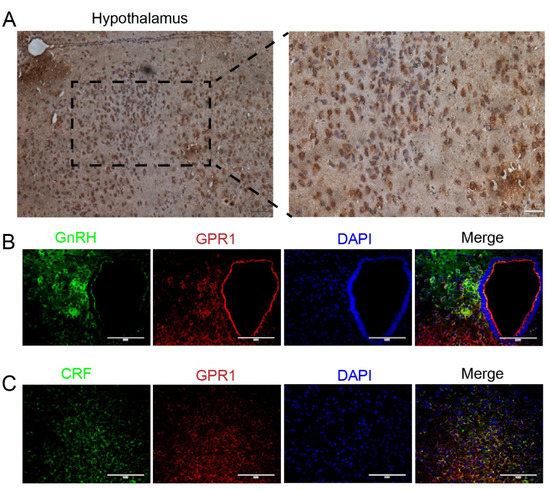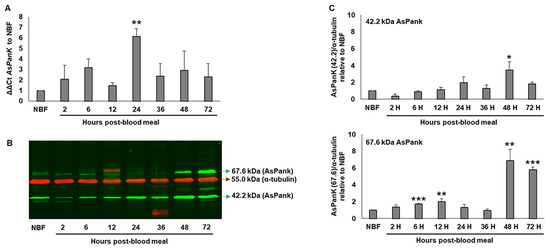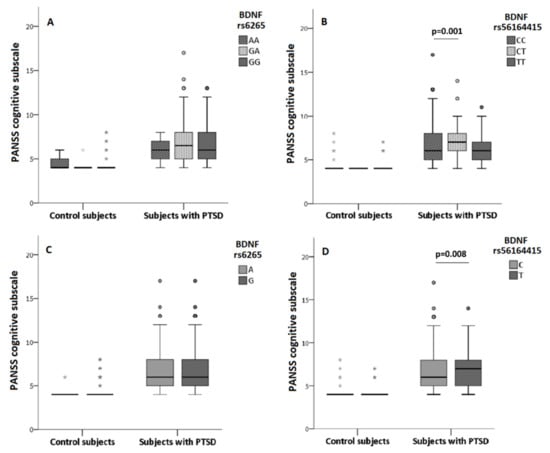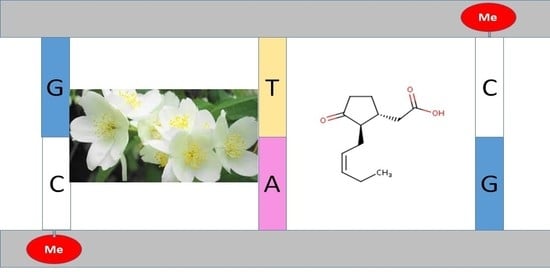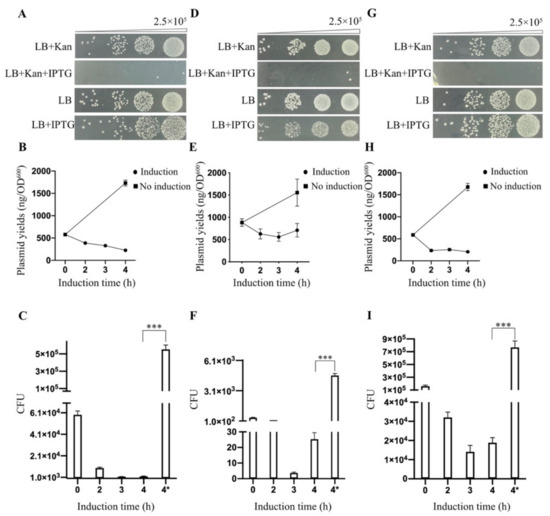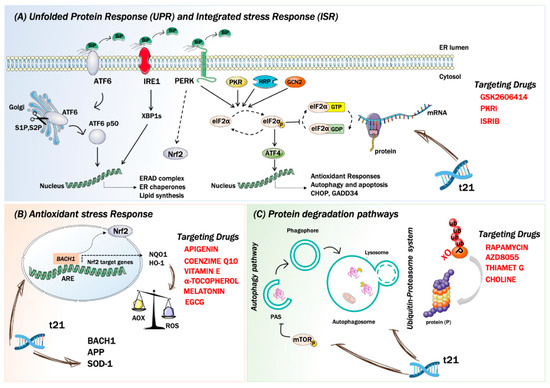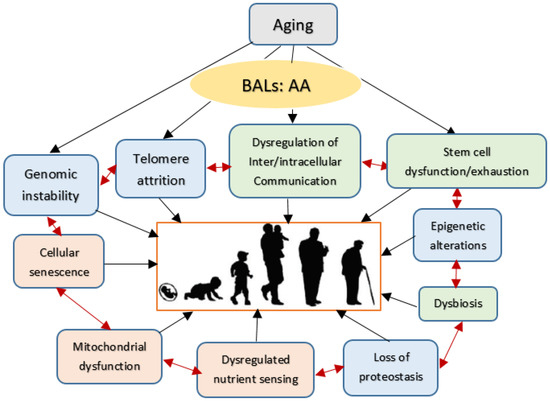Feature Papers in Section Molecular Medicine
A topical collection in Biomolecules (ISSN 2218-273X). This collection belongs to the section "Molecular Medicine".
Viewed by 243819Editors
Interests: proteostasis; oxidative stress; neurodegeneration; proteomics; Alzheimer’s disease
Special Issues, Collections and Topics in MDPI journals
Interests: Alzheimer disease; Down syndrome; oxidative stress; unfolded protein response (UPR); autophagy
Special Issues, Collections and Topics in MDPI journals
Topical Collection Information
Dear Colleagues,
This Special Issue entitled “Feature Papers in the Molecular Medicine Section” aims to collect high-quality research articles, review articles, and communications concerning all described different molecular mechanisms leading to the development of a pathological condition. This Special Issue is dedicated to recent advances in the area of molecular pathology and encourages the submission of papers discussing novel and highly profiled therapeutic strategies. It will include papers focused on pathological mechanisms in the central nervous system and peripheral organs, their mutual molecular alterations during disease, and the identification of brain and periphery molecular markers, as well as studies employing and/or discussing genomics, transcriptomics, and proteomics approaches. It will present a selection of exclusive papers from the Editorial Board Members (EBMs) of the Section of Biomolecules, as well as invited papers from relevant experts. We also welcome senior experts in the field to make contributions to this Special Issue. Kindly note that all invited papers will be published online free of charge once accepted. We aim to represent our section as an attractive open access publishing platform for molecular medicine research.
Dr. Fabio Di Domenico
Dr. Chiara Lanzillotta
Guest Editors
Manuscript Submission Information
Manuscripts should be submitted online at www.mdpi.com by registering and logging in to this website. Once you are registered, click here to go to the submission form. Manuscripts can be submitted until the deadline. All submissions that pass pre-check are peer-reviewed. Accepted papers will be published continuously in the journal (as soon as accepted) and will be listed together on the collection website. Research articles, review articles as well as short communications are invited. For planned papers, a title and short abstract (about 100 words) can be sent to the Editorial Office for announcement on this website.
Submitted manuscripts should not have been published previously, nor be under consideration for publication elsewhere (except conference proceedings papers). All manuscripts are thoroughly refereed through a single-blind peer-review process. A guide for authors and other relevant information for submission of manuscripts is available on the Instructions for Authors page. Biomolecules is an international peer-reviewed open access monthly journal published by MDPI.
Please visit the Instructions for Authors page before submitting a manuscript. The Article Processing Charge (APC) for publication in this open access journal is 2700 CHF (Swiss Francs). Submitted papers should be well formatted and use good English. Authors may use MDPI's English editing service prior to publication or during author revisions.
Keywords
- neurodegenerative diseases
- metabolic disorders
- oxidative stress
- protein homeostasis
- brain therapies







